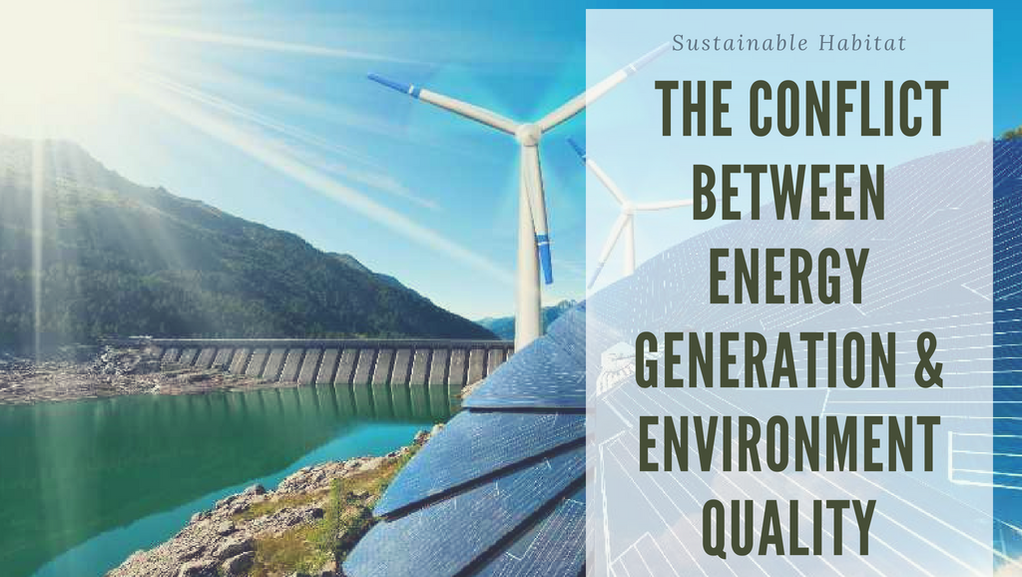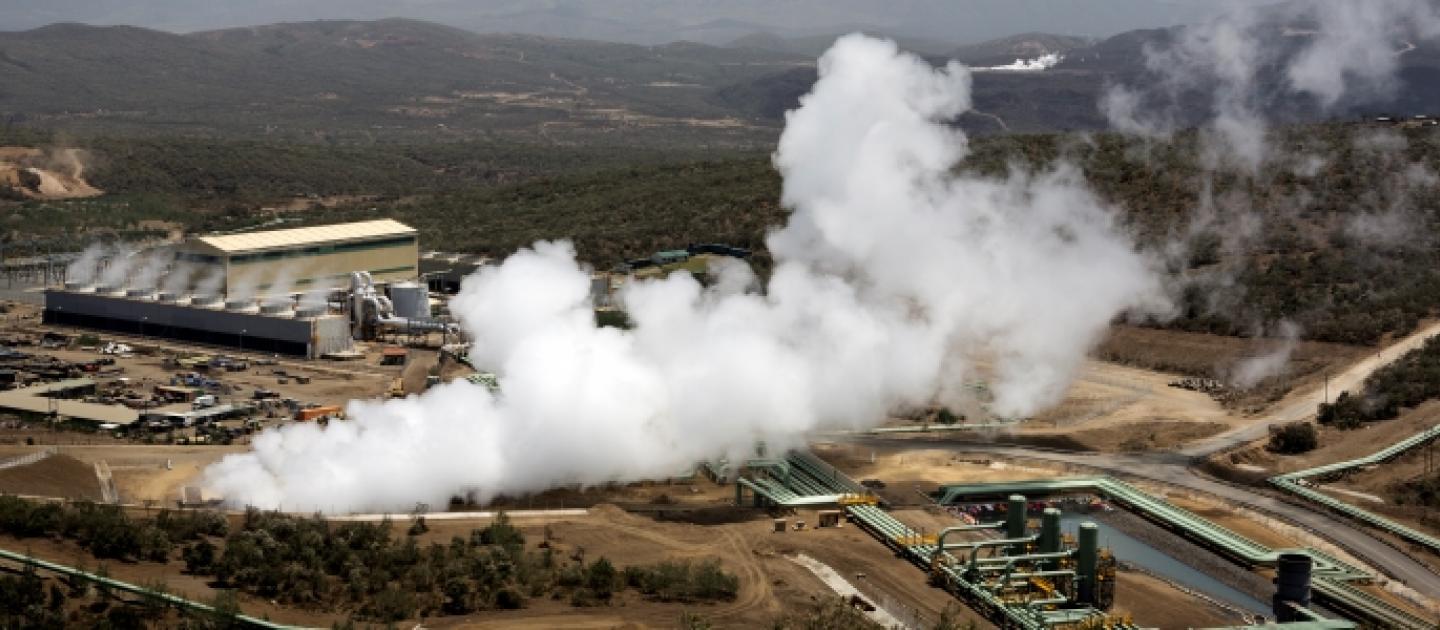ECONOMICS STUDY CENTER, UNIVERSITY OF DHAKA
|
Afia Fahmida Daisy For economic development, energy generation is a must. But near about 35% GHG is directly emitting from energy generation and indirectly near about 60%. The main fountain of this GHG is CO2. So there lies a negative relation between energy generation and CO2 emission.  For last few decades, the direful increasing emission of GHG, a congenial input of climate change has been the major on-going concern throughout the world. Almost 76% CO2 emissions come from fossil fuel consumption such as coal, oil and gas, the main power of the source of automobile and industry that are directly linked with economic growth and developments. Natural calamities like floods, cyclones, droughts, tsunamis etc., leave marks of severe environmental & socioeconomic dent. The sea level is forecasted to rise by 2 feet by 2020 threatening the coastal areas. A 3-4 degrees Celsius rise in global temperature would displace 340 million people. The UN report of 2007 says that the nocuous climate change will become unavoidable in the next 15 years if the same trend as the past 15 years is being followed. The Kyoto protocol that was signed in 1997 to the United Nations Framework Convention on Climate Change (UFCCC) with the objective of reducing the greenhouse gases (GHG) which causes rise to warmer global temperature, it demands the reduction of GHG emissions to 5.2% during 2008-2012 which is lower than that in 1990. However, most of the countries are found as a failure. The world’s leaders have developed an integrated sustainable agenda and ratified a common agreement to reduce GHG emissions, recognizing that the current development model is not sustainable from an economic, social and environmental standpoint and that a much stronger effort is needed to build a sustainable future for the future generations. All these issues have brought the world to find a permanent solution to this problem which is an obvious search of an alternative energy source that is clean, affordable and environmentally friendly. The finding is continuous growth in generation, consumption & development of RE sector to meet increased energy demand which is the prerequisite of other SDGs. Away from traditional fossil fuel based energy system, RE can provide the key to sustainable energy for inclusive green growth for which the whole world is craving for.  So, for long time researchers are trying to focus on factors that affect RE, its consumption or its deployment either for a single country or for a region. Issues that trigger in my mind then are - Why not capture the development of RE? why a single country rather than the world as a whole? Besides that, research has been done to find out the long run relation among RE, economic growth, and CO2 emission. The next question that pops into my mind up is - Why the term - economy & environment should be considered individually? It is high time to indicate economy & environment together rather than separately. In my paper instead of focusing on a single country or a region, the impact of renewable energy development & economic condition on environmental quality has been considered for all countries beyond the context of a single country or region with the additional focus on SDG 7 & SDG 13. Besides figuring out the above answer my paper aims at finding out the factors those can affect the RE development for all countries at the same time beyond the idea of country-specific factors that can capture or bring only a single country to their RE improvement. Because it is high time to save the world, not just a country. Two indexes have been constructed to capture the broader green concept & for RE development. Distance to frontier has been calculated for green economies. According to my index construction, Bhutan (99.986) has been found the best performer & Bangladesh (1.378) is the worst performer in RE Development index for South Asia and South-East Asian countries. While Sri Lanka has been found as the best performer (5.424), Vietnam (30.005) is the worst under green economy index. DTF has also revealed the same thing where Chad is the greenest economy in 2014. Based on secondary data, proper econometric approach and theory of game in my paper it has been found out that a 1 unit rise in RE development can reduce CO2 emission by almost 2573 (KT) on an average while the consumption of RE can reduce it by almost 2904 (KT) on an average. However, more Economic development along with industrialization, urbanization, electricity access can wash out this RE impact to some extent but not the total RE impacts on climate change. Since RE development and RE consumption have been proved as key to the Green concept, still the key factors of this development of RE were unknown. So, using 109 country and year 2014 a cross-section analysis has been performed which indicates that Without improving worldwide political & economic issues, energy supportive policy - this RE development can’t be achieved. RE supportive policy has the largest impact on RE development. RE target setting and feed-in tariff alone can raise this development by almost 18 unit on an average. Comparatively analyzing the RE supportive policy of the South-Asian and South-East Asian region reveals that according to RISE-2017 data source only India & Pakistan have a middle regulatory policy for RE among the South Asian countries. Though only Malaysia & Philippine have a score greater than 67; most of their score is above 60 whereas South Asian countries are still on an average below score 55. This score is a weighted average where a score of 0-33 indicates lower regulatory policy for sustainable energy while a score of 34-67 indicates middle regulatory policy for sustainable energy & a score of 68-100 indicates high regulatory policy for sustainable energy. For Bangladesh, Sri Lanka & India from South Asia & Indonesia, Thailand from South East Asia no plan or strategy to define the necessary investment to meet the RE target exist. Besides that Nepal is without renewable electricity generation plan. in Bangladesh & Afghanistan no feed-in-tariff, mandates, investment tax credit, generation premium, production tax credit, reduction in sales tax has ever been imposed to give incentive and regulatory support to RE. India & Pakistan have performed well in all this regard. However, in South East Asian Countries these are a very popular tool. Indonesia, Vietnam provides no mandates but provides investment tax credit & except Thailand, all other South East Asian countries have reduced sales tax. In Bangladesh, projects are not subject to development milestones. In the Philippines, though competitive bidding/auctions exist, no provisions are found for full and timely project completion, which is also found in South Asia except India & Pakistan. Policies in this area will vary across countries, reflecting local contexts and preferences. Factors those can raise the development of RE can be taken into consideration while policymakers are planning for the fulfillment of SDG – 7 & SDG-13 targets. Besides that, since RE development is costly so Green fund can be collected introducing a revenue recycling process to avoid significant behavioral distortion. PPP can be highly encouraged in this RE development process.
0 Comments
Leave a Reply. |
Send your articles to: |



